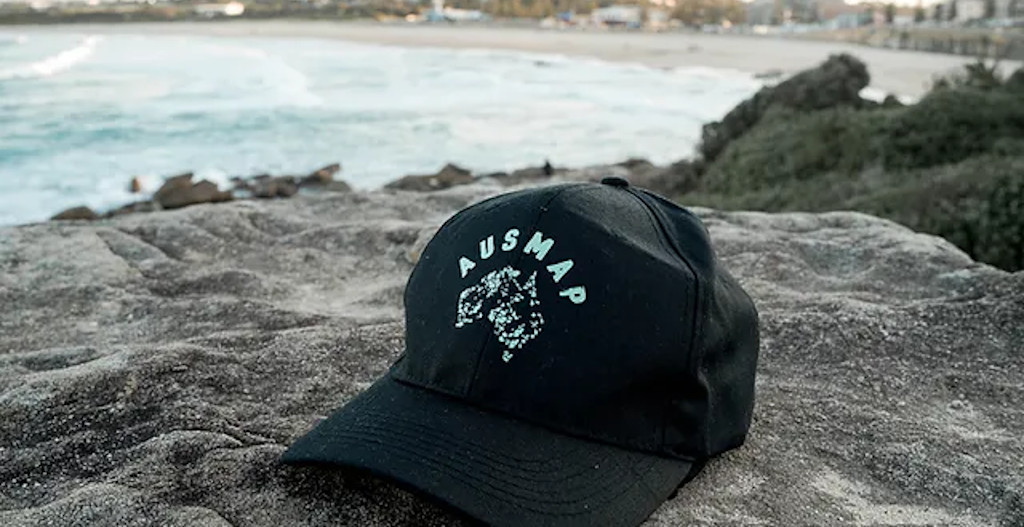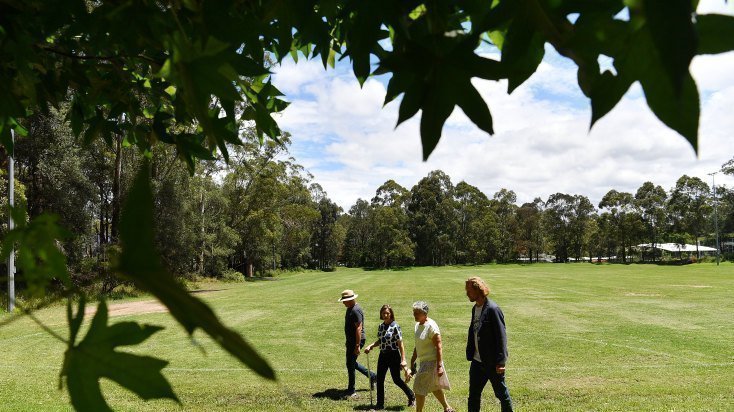TEC’s AUSMAP research into rubber crumb, a recycled granulate (<5mm) made from end-of-life tyres which is used as infill for synthetic turf fields and for playground surfaces, is attracting attention. It’s a collaborative effort with a northern Sydney council aiming to address current
knowledge gaps in relation to the loss of rubber crumb and synthetic grass blades, and the effectiveness of existing stormwater mitigation traps, at a synthetic sports field in Sydney’s north-west.
With over 180 synthetic sports fields in NSW alone, the loss of microplastics from these surfaces represents a significant waste stream into the environment. Moreover, a lack of current regulations for stormwater infrastructure, and limited community awareness, has contributed to ill-informed management of this worsening pollution problem. Despite growing concerns regarding the safety of rubber crumb, which has known toxic and carcinogenic properties, Australian studies and regulations on these materials remain in their infancy.
The study assessed the loss and capture of microplastics from the sports field, and preliminary results have highlighted that up to 70,000 particles of rubber crumb and over 50,000 particles of synthetic grass have been captured in a single trap sample
AUSMAP submitted these early findings to Penny Sharpe, NSW Minister for Environment, and Paul Scully, Minister for
Planning. We called for:
- a five-year moratorium on synthetic turf fields,
- minimum pollution mitigation measures,
- improved resilience techniques for natural turf fields, and
- substantial investment on research to address key knowledge gaps highlighted in the NSW Chief Scientist’s Report (CSE) on Synthetic
This came hot on the heels of AUSMAP’s recent presentation of evidence to the Federal Inquiry
into plastic pollution in Australia’s oceans and waterways, by Project Director Dr Michelle Blewitt
and Science Research Officer Juniper Riordan
This article was published in the Total Environment Centre Newsletter | 2023 Issue 2.




